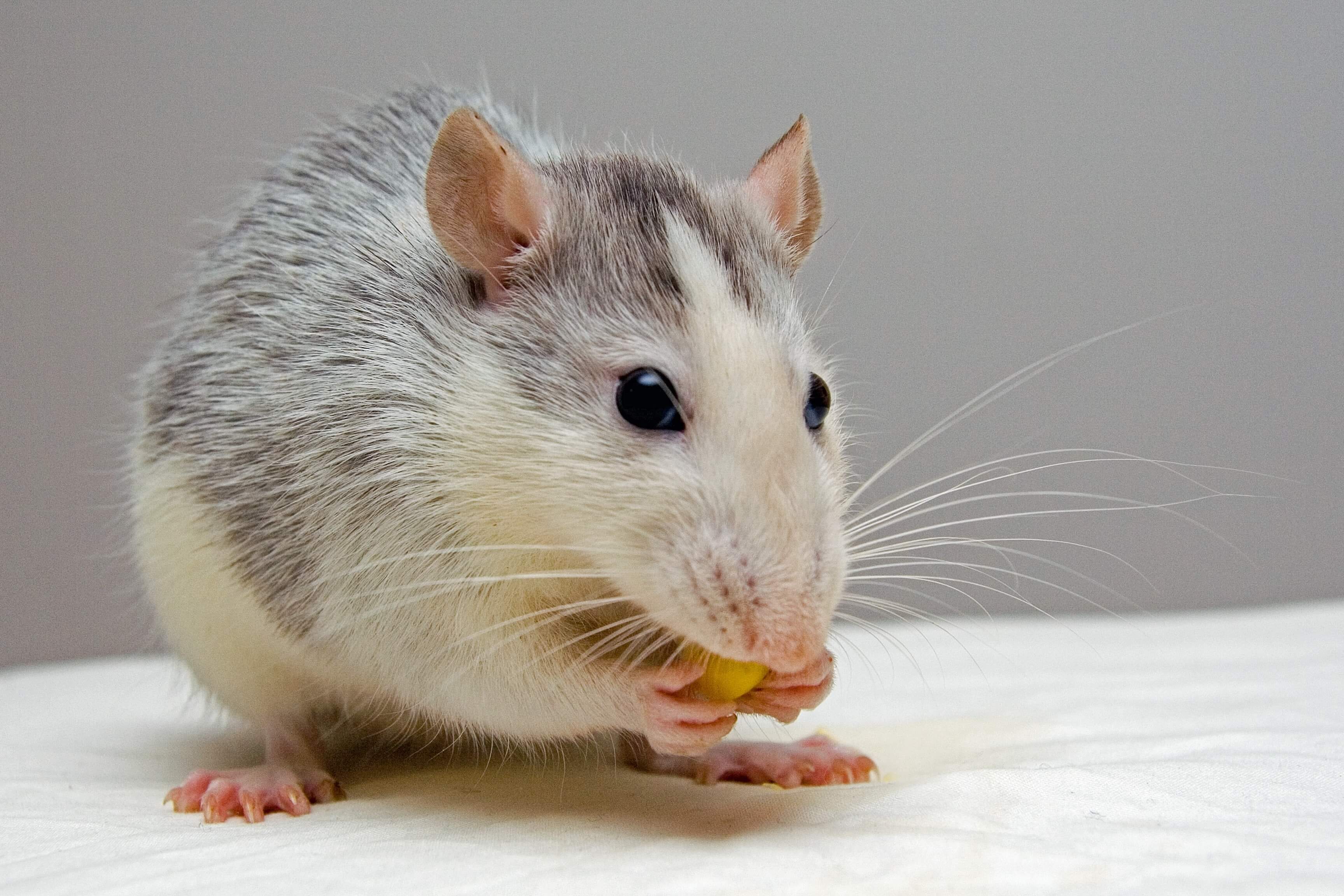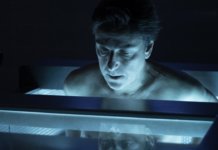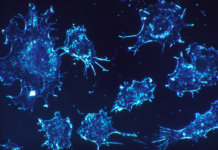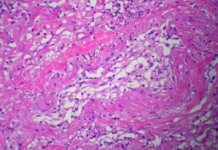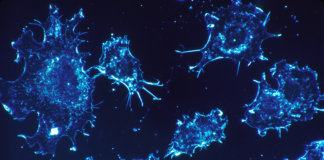Mitochondria: reversing aging in a new mouse model
Mitochondria are at the heart of anti-aging research and the dysfunction of their functions is one of the 9 hallmarks of aging [1]. Multiple publications report that mitochondrial dysfunction and a decline in the number of mitochondria play a part in the aging process and in age-related diseases. Studies have also suggested that levels of mitochondrial DNA decrease with age in some tissues, but knowledge about it is still limited. A reasearch team from the University of Alabama at Birmingham has investigated the issue and recently demonstrated that mitochondrial DNA depletion is involved in certain age-related phenotypic changes [2].
Indeed, these researchers have created a new mouse model in order to deplete their mitochondrial DNA. This is achieved by causing a mutation of the DNA polymerase which then becomes unable to replicate the DNA. This mutation is only effective after ingestion of doxycycline, an antibiotic initially used to prevent bacteria from synthesizing proteins. There is then a decrease in the amount of mitochondrial DNA and, de facto, in mitochondrial activity in the whole body. Within four weeks, the mice’s phenotypes gradually changed: their hair became white and less dense, leading to alopecia. The development of wrinkles on the skin and inflammation has also been observed. These phenotypic traits are characteristic of human aging. Other age-related changes were observed: weight loss, decrease in height, reduced movement and lethargy.
Mouse models show an aged phenotype after mitochondrial DNA depletion
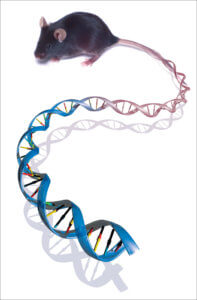
The exhaustion of mitochondrial DNA led to the death of the mice studied. Only 50% of the mice lived beyond 40 days after doxycycline ingestion, and all those that survived to day 30 experienced hair loss to the point of alopecia. These observations indicate the vital need to maintain mitochondrial functions for longevity. It should also be noted that the response following doxycycline treatment was different between males and females. The researchers observed greater hair loss in females, as well as more severe wrinkle formation, which they potentially attribute to the influence of sex hormones that control mitochondrial function.
To prove that these phenotypic changes were due to mitochondrial DNA depletion, the researchers performed “rescue experiments”: they consisted in removing doxycycline, thus restoring the function of the DNA polymerase. This action restored the normal amount of mitochondrial DNA and reversed phenotypic changes observed in mice. The mice recovered a normal appearance about one month after stopping the treatment, as shown in the image below. In addition, so-called “control” mice (not illustrated) not bearing the mutation but treated with doxycycline, or carrying the mutated polymerase but not treated with doxycycline, did not show an aged phenotype. This analysis shows that phenotypic changes were induced by mitochondrial DNA depletion and can be reversed by restoring mitochondrial function [2].

Credit: UAB
Through the animal model developed for this study, researchers were able to answer questions about the role of mitochondrial DNA depletion in aging. These genetically modified animals are promising tools for anti-aging research. Researchers believe that the discoveries made with these mice may lead to the development of therapeutics against abnormalities linked to mitochondrial dysfunctions and, perhaps, to the development of preventive treatments against age-related wrinkles and hair loss [2].
References
[1] Carlos Lopez-Otı́n, Maria A. Blasco, Linda Partridge, Manuel Serrano and Guido Kroemer, The Hallmarks of Aging, Cell 153, June 6, 2013, 1194-1217. http://dx.doi.org/10.1016/j.cell.2013.05.039
[2] Bhupendra Singh, Trenton R. Schoeb, Prachi Bajpai, Andrzej Slominski, Keshav K. Singh. Reversing wrinkled skin and hair loss in mice by restoring mitochondrial function. Cell Death & Disease, 2018; 9 (7) DOI: 10.1038/s41419-018-0765-9
[3] University of Alabama at Birmingham. “Scientists reverse aging-associated skin wrinkles and hair loss in a mouse model: A gene mutation causes wrinkled skin and hair loss; turning off that mutation restores the mouse to normal appearance..” ScienceDaily. ScienceDaily, 20 July 2018. <www.sciencedaily.com/releases/2018/07/180720112808.htm>
Anne Fischer

Author
Auteur
Anne is studying medicine science at the Institute of Pharmaceutical and Biological Science in Lyon and she has graduated with a Bachelor’s degree in molecular and cellular biology at the University of Strasbourg.
More about the Long Long Life team
Anne étudie les sciences du médicament à l’Institut des Sciences Pharmaceutiques et Biologiques de Lyon. Elle est titulaire d’une licence en biologie moléculaire et cellulaire de l’Université de Strasbourg.
En savoir plus sur l’équipe de Long Long Life


